The treacherous shoreline of the Skeleton Coast is every bit as harsh and unforgiving as its name suggests, but those who dare to travel the deserted roads will find plenty to enthral them. Words and pictures by Ron Swilling
The route along the Skeleton Coast appeals to the adventurous at heart. It’s not often you get to drive along such a notorious coastline, so named for the mix of whale and seal bones and shipwreck debris that litter its beaches. It’s an intriguing drive into a world of gravel plains, edged by sea – and not much else. Although some regard the entire stretch north of Swakopmund as the Skeleton Coast, others reserve that ominous name for the National Park section starting from Ugab Gate.
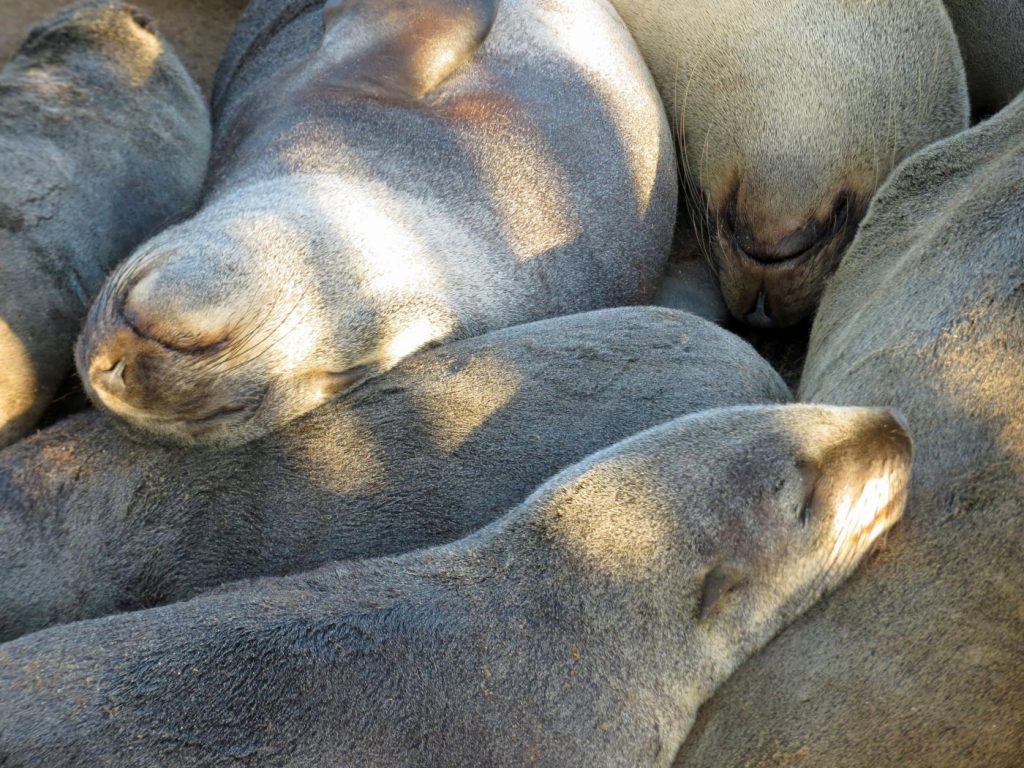
The journey is enjoyable for its unique character and no-man’s-land appeal. There are a few interesting sights along the first stretch – ideal pitstops on a day trip from Swakopmund. This includes the Cape Cross Seal Reserve (±130km from Swakop) with its boisterous population of Cape fur seals.
T4A tip: Enjoy lunch or tea afterwards at the Cape Cross Lodge before paying a visit to their small museum.
Also read: Must-visit places on the Namibian coast
Keep an eye out for rustic tables with salt clusters for sale along the road, lichen fields and signs to the popular fishing haunts. The fishing spots are named after the distance in miles from Swakopmund or by some distinguishing feature or event. Famous ones include Bennie se Rooi Lorrie where young Bennie lost his favourite red truck or Sarah se gat, the favourite fishing hole of an avid fisherwoman.
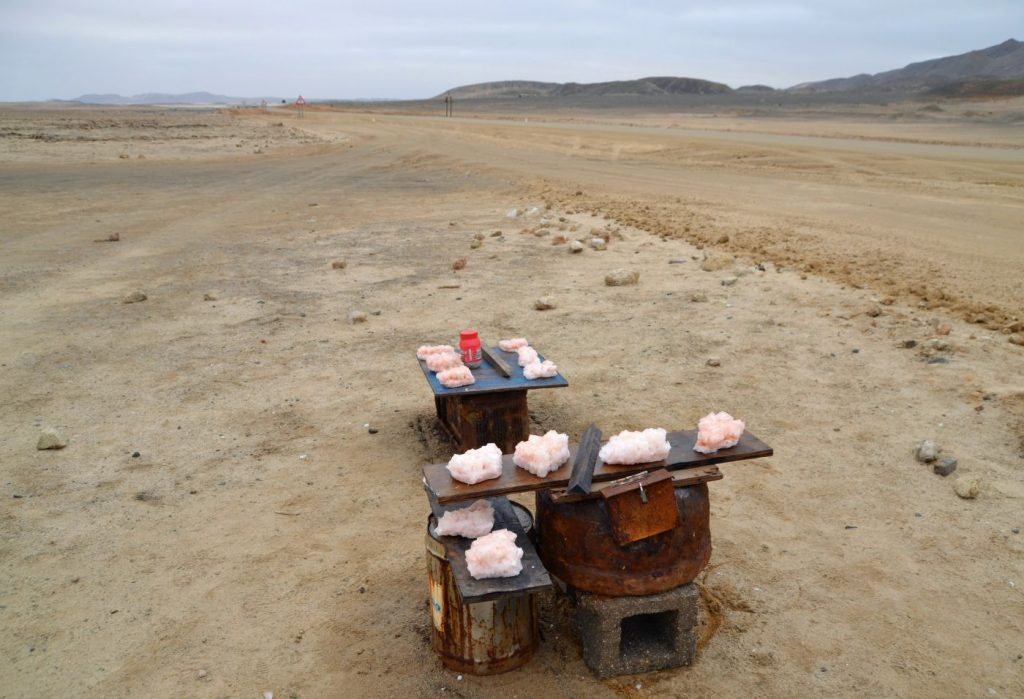
Shipwreck graveyard?
Contrary to popular belief, the coastline is not dotted with old shipwrecks, which actually break up quickly and disappear into the sand. Only the more recent ones like the 2008 wreck of Zeila (±60km from Swakop), a fishing trawler whose towline broke south of Henties Bay, are still visible. It forms a picturesque scene in the shallows with cormorants nesting on its rusting hulk.
If you’re continuing northwards, the remains of the shipwreck South West Seal are visible just after the Ugab entrance with the daunting skull and crossbones painted on its gate.
The 90-ton South African fishing vessel caught fire and beached here in 1979, its ribs now poking through the sand at the waterline. Side note: this is a great route to reach Palmwag (and even Twyfelfontein) and then onwards to western Etosha and Epupa Falls.

Roadside treasures
There are remnants of mining activity as you travel the 140km stretch to the Springbokwasser Gate. This is also the last point that you can reach along this coastline without a permit. Reservations for the NWR fishing resorts Torra Bay and Terrace Bay must be made in advance, allowing you to travel the 10km and 50km further north. The rest is a restricted concession area not open to the public.
But, don’t worry. As you turn eastwards from Springbokwasser Gate, look to the roadside where you can see a multitude of welwitschias, the ancient and peculiar Namib desert plants. Their scientific name is Welwitschia mirabilis, ‘mirabilis’ meaning ‘wonderful’ for good reason. These plants reportedly live 400-1,500 years!
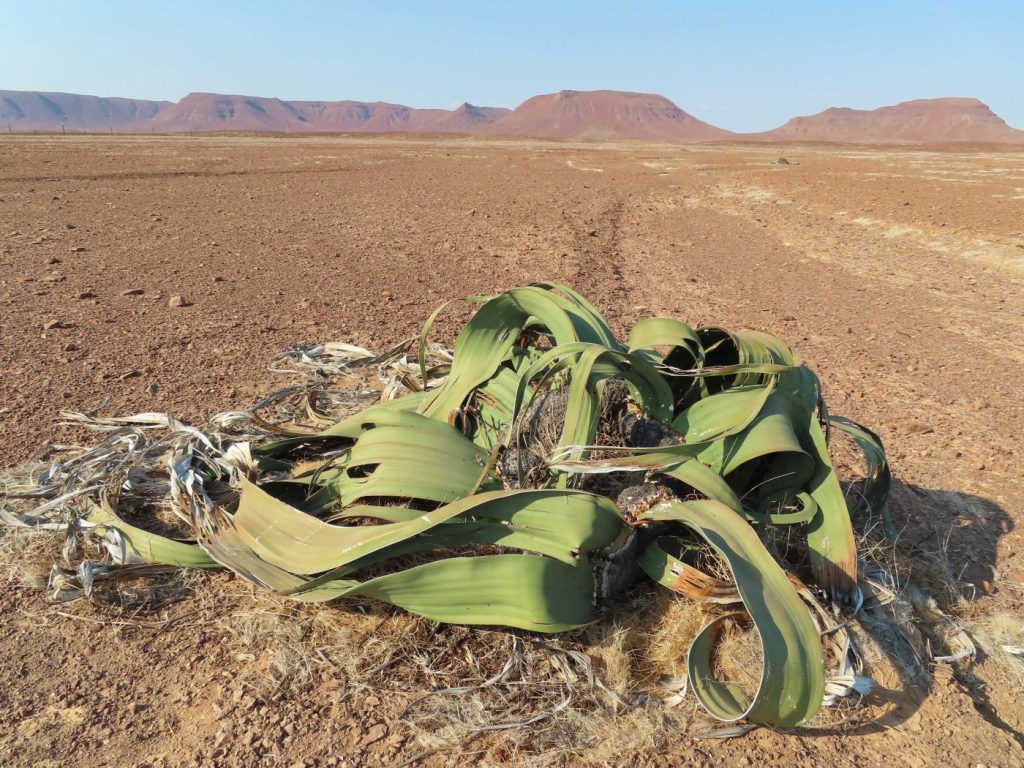
The route eastward is through the attractive Huab River valley. As you turn northwards to Palmwag, the striking landscapes of table-topped mountains and red rock peppered with green euphorbias come into view, a typical sight in this part of Damaraland.
Also read: Take it slow to see Namibia at its best
Tips for the road
• As in the rest of Namibia, keep to an 80km/hour speed limit on gravel, reduce tyre pressure and carry a spare tyre (or two) and a working jack.
• Bring enough water and snacks.
• It’s a salt road from Henties Bay to the Ugab Gate. Reduce speed when wet as it can be slippery and remember to wash your chassis after the trip.
• Do not drive off-road. Although it may appear lifeless, the desert is a fragile ecosystem that is easily damaged. Off-road driving can wipe out populations of lichens and tyre tracks remain on the desert floor for decades.
Sit back, slow down and enjoy this extraordinary part of the world.
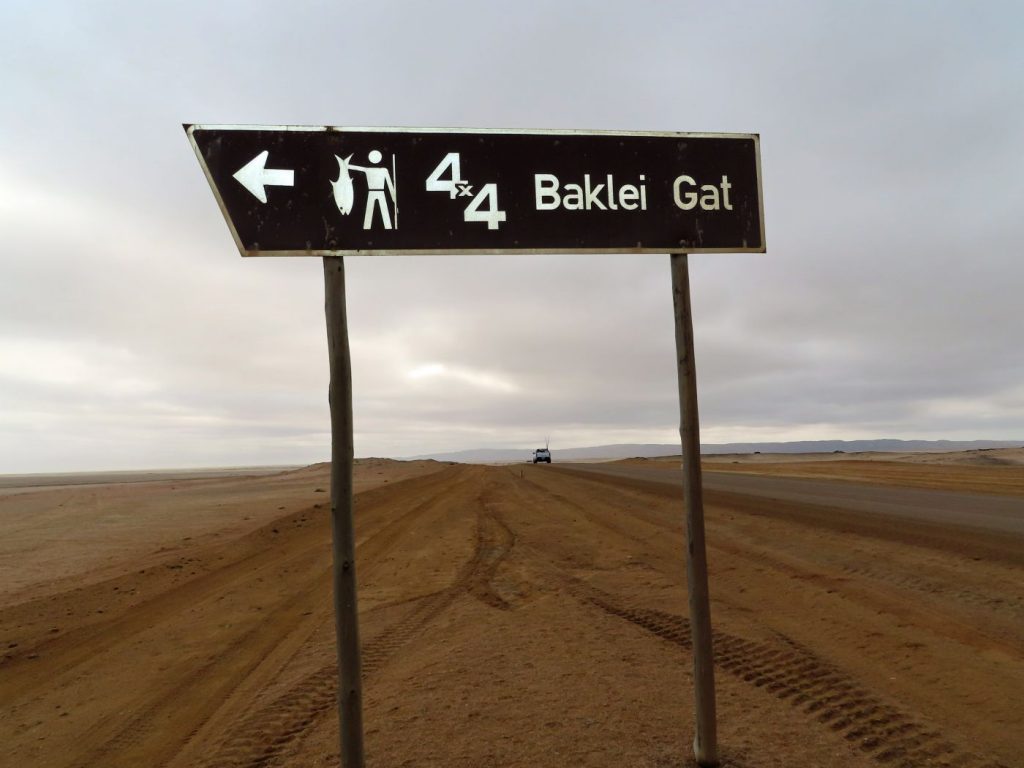
Travel Namibia informed
Get 30% OFF our Namibia Self-Drive Guide from 12-19 December 2019! At 400 pages, this indispensable resource is loaded with information on major attractions, road conditions, campsites, trip planning and more. The traveller descriptions provide context and recommendations, helping you to make the most of your journey.
Get your copy.
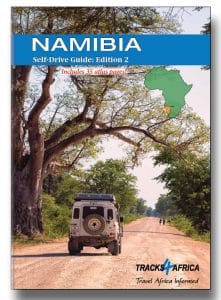


your comment on not being able to travel past springbokwasser gate without a permit is confusing.If you are transiting the Skeleton Coast Park either way you can do ,so long as you pass the entrance gate before 3pm so as to exit the park before sunset.